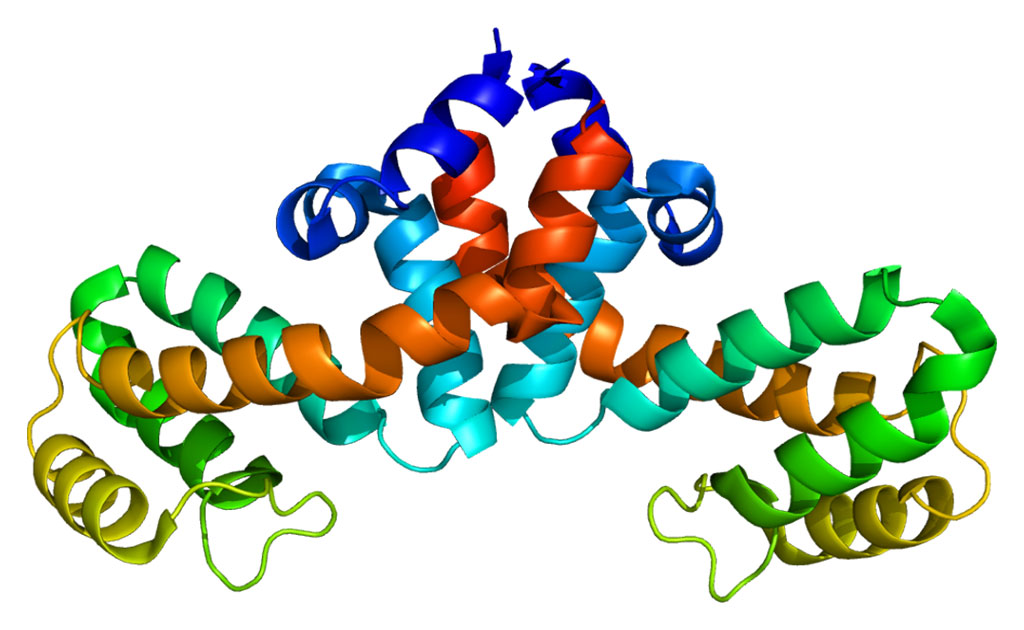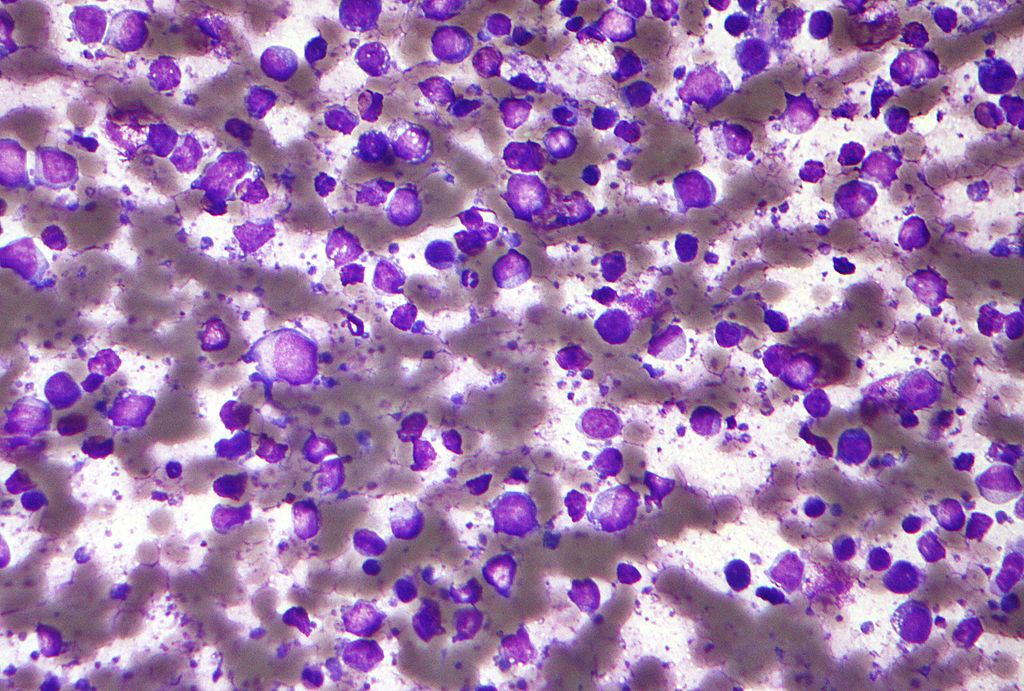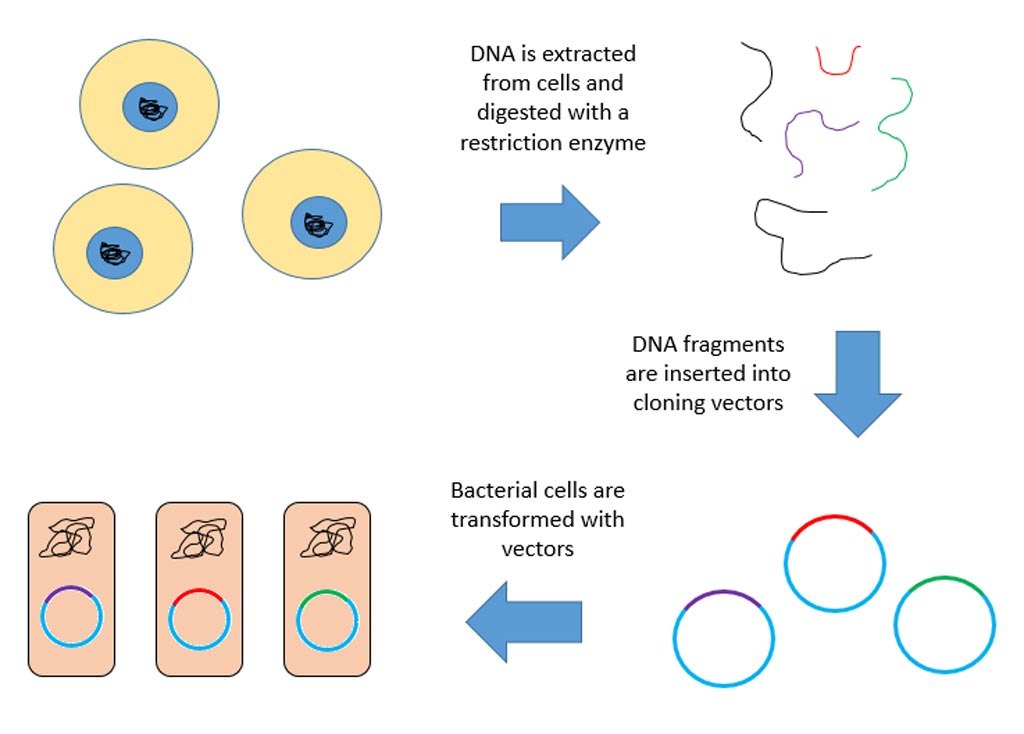New Water Purification System for the Demanding Biotech Lab
By LabMedica International staff writers
Posted on 24 Mar 2010
New quality specifications have been established for a dedicated laboratory water-purification system that provides high quality water for all biotech and biomed applications.Posted on 24 Mar 2010
Thermo Fisher Scientific Inc. (Milford, MA, USA) recently announced new water quality specifications for its Nanopure Life Science purification system. This system is an innovative and compact Type I water purification system that delivers up to 2.0 liters/minute of highly purified water.
The system includes a dual wavelength quartz UV lamp that oxides organics to virtually undetectable levels and controls bacterial growth while a hollow fiber ultrafilter ensures product water with less than 0.001 Eu/ml pyrogens (bacterial endotoxins) and eliminates nucleases such as RNase (<0.003 ng/ml) and DNase (<0.4 pg/µl).
The water treated with this system is of a standard appropriate for the most demanding molecular biology applications including PCR, electrophoresis, and cell and tissue culture.
Related Links:
Thermo Fisher Scientific Inc.










 (3) (1).png)


